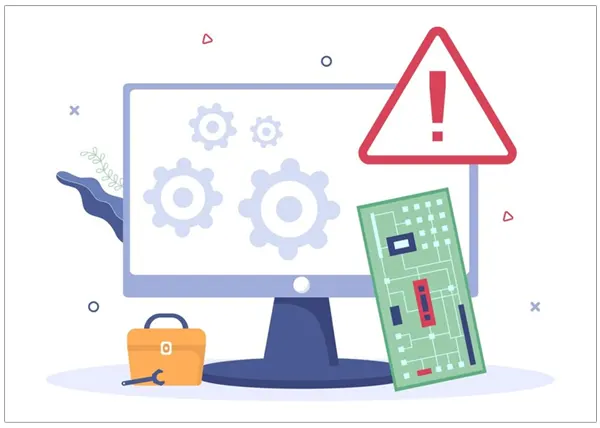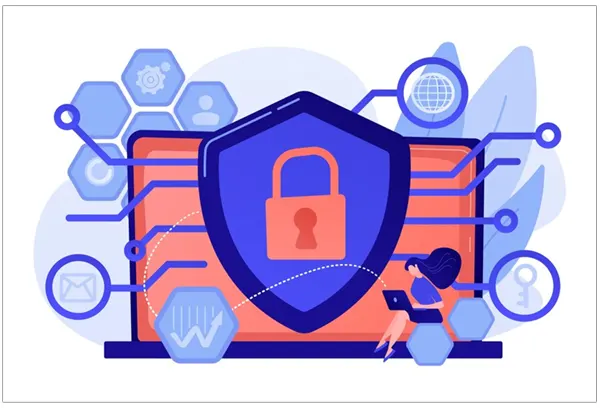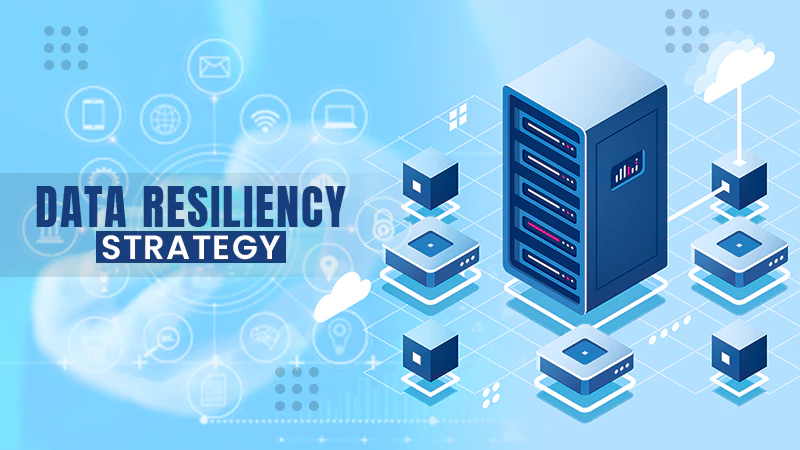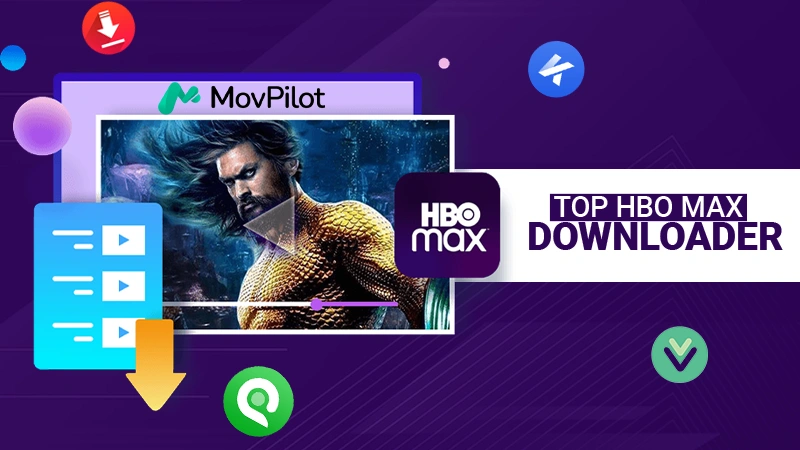If you are new to the world of Cloud computing combined with AI, you should have an idea of how the legacy system works. Legacy software is a type of outdated software that is still in use because it fulfills business needs. Most legacy software solutions are mission-critical and are connected to certain versions of operating systems, which are also outdated.

This software will continue to meet the needs it was designed for. However, legacy software solutions limit growth because the older mechanisms used in these solutions prevent them from interacting with the upgraded modern systems. So, if the software you use also belongs to this category, you won’t be able to find any new features or upgrades, but it’ll still resume the tasks it performs.
How do You Know if You Have Legacy Software?
Many factors determine whether your business is using legacy software. Some of these factors are evident, while others might take time to identify. With that said, let’s look at the key signs that your business is using legacy software.
Incompatibility With Newer Hardware/Software

Legacy software is minimal when it comes to hardware or functionality. One of the key signs of having legacy software is if your current hardware cannot run the software or its functions don’t suit your business needs. It might be possible that the software works with the hardware but is still incompatible with the OS in the system. Thus, if this is the case, try to find a different software that provides the same features.
Not Using Data Effectively
Legacy systems are generally built out of separate components. This means that each part of the legacy system only manages certain information. If this information isn’t properly connected, it can lead to poor decision-making for business intelligence (BI).
If BI tools aren’t used in conjunction with legacy services, you won’t receive actionable insights into how your organization can improve its performance and take on new opportunities. Since your managers will be unable to make informed decisions, your company is unlikely to achieve its full potential.
System is Slow

Even if the software is compatible with both software and hardware installed in the system, it might run a lot slower than expected. If your business has this problem, you will likely have legacy software. Legacy systems are very rigid and cannot be changed. So, the application might not have the resources to run faster hardware necessary for modern software.
Expensive to Maintain
Typically, you will find that legacy software is expensive to maintain because either there isn’t a good IT staff in place to manage these systems, or they lack strong communication between departments.
This means that if certain information doesn’t live within the same system as other data, it will be difficult for your team members and managers to access and use different parts of it simultaneously (in real-time). And if there’s an actual default, it’s nearly impossible to fix it as the technology used in the software has long been outdated.
Low Scalability

Scalability matters a lot in modern software development and the growth of your business. It is a factor that affects the overall performance of the application for the business entity. A firm consists of multiple employees who would require access to the software to perform their tasks. Thus, it would be very troublesome if the software isn’t able to handle a dynamic user base and fluctuating workloads effectively.
No Room For Growth
Another key indicator that you are using legacy software solutions is the lack of room for growth within the current system. If it doesn’t have room for new features or integration with other services, it could be considered legacy software. Because eventually, your business will need more capabilities to stay in the market competition.

Factors like these always bring out the question of whether you should upgrade or maintain your legacy software. If you are still not able to identify if the application you’re using is legacy software or not, you can choose a software testing company that would help you recognize the key factors of your application. This way you would also be able to find if there’s any bug or error in the functioning of the software and various ways to improve them.
Why do Businesses Still Use Legacy Software?
Most legacy software solutions are designed to last for years. However, since technology evolves very fast, most software solutions of a later period are rendered obsolete before businesses are ready for an upgrade. Thus, it’s very common for companies to continue using legacy software for years. The following are the common reasons why businesses continue using legacy software:
Existing Data
If your business has been using legacy software for many years, you have a lot of data stored within the system. This makes it difficult to migrate all this information to another solution. Not only this, every piece of information needs to be entered into the new system, but there might also be formatting changes needed throughout the process. This means that it will take a lot of time and money to complete, so most businesses don’t want to go through with the change.
Integration With Other Systems

Legacy software was often integrated with other systems built by separate companies at different times in history. Thus, converting one system over could require you to change the whole network of applications. There’s no guarantee that the current system integrated with the legacy software will be compatible with the new software you choose. And changing multiple other methods don’t always support the companies that developed these legacy systems.
It Still Meets Business Needs
Legacy software might be old and inefficient, but if it still meets your organization’s business needs, then there will always be a reason to keep it in place. This is why many businesses continue using legacy software because they are attached to the results that are being produced.
Challenges of Legacy Software
There’s nothing in the world that doesn’t come without any obstacles. Legacy software can cause a lot of problems for your business. The following are the top 3 challenges that legacy software poses to businesses.
Increased Security Risks

Next-level data protection is the key to achieving business success. Since legacy software is long outdated, it lacks the necessary security features available with modern applications. Such as it might not be using blockchain technology for greater security. It also means that your business might have to maintain separate security systems for separate pieces of legacy software. This makes protecting company information more complicated and expensive.
Compliance Risks
Many businesses run into compliance issues because they don’t have the right infrastructure to control their applications. Without proper controls in place over IT assets, there is always the risk that someone could be doing something that shouldn’t be done or gaining access to certain information they shouldn’t have access to. This can affect how you can gather accurate data about what employees are using applications and who is using them when they are being used.
Difficult to Upgrade and Maintain
Since legacy software is outdated, it drives up costs because you have to pay developers to work on the system in place—this makes it difficult for your business to invest in new capabilities that improve productivity, security, or compliance.
It also means that you will likely encounter problems trying to integrate different systems currently being used throughout your organization. This can become very expensive, since every time there is a change within one department, it can result in changes to other departments that rely on data contained within these separate systems.

Reaching the end of the article, you would have made your decision whether to keep or remove the legacy software you have been using for your business. Analyze the pros and cons keeping in mind the various factors that can affect your business. These include the cost of maintaining the old software compared to the cost of the company developing its own software.







